
Your Guide to
Publishing Open Access
with Elsevier
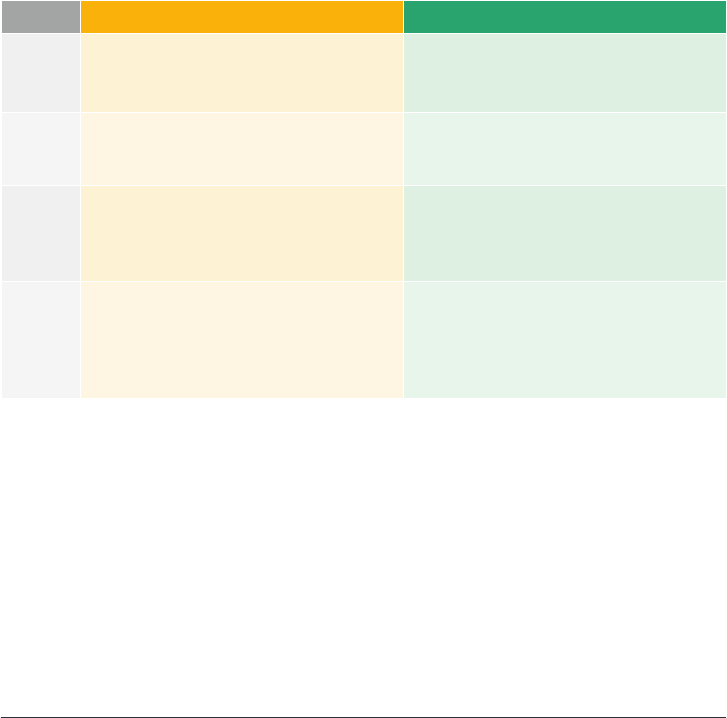
Elsevier2
What is open access?
The term open access was rst used in 2001 when the Open Society Institute established
what is known as the Budapest Open Access Initiative (BOAI). Their goal was to create a set of
recommendations, which were designed to provide the public with unrestricted, free access to
scholarly research. Since then, the term open access has been dened by dierent groups in
dierent ways.
In general, open access stands for the free and permanent access to published research, combined
with clear guidelines for readers to share and use the content. There are two main types of open
access: gold and green.
WHAT IS THE DIFFERENCE BETWEEN GOLD AND GREEN?
GOLD OPEN ACCESS GREEN OPEN ACCESS
Access • Free public access to the nal
published article.
• Access is immediate and permanent.
• Free public access to a version of
your article.
• Time delay may apply (embargo period).
Fee • Open access fee is paid by the author,
or on their behalf (for example by a
funding body).
• No fee is payable by the author, as costs
are covered by library subscriptions.
Use • Determined by your user license. • Authors retain the right to use their
articles for a wide range of purposes.
All open versions of your article should
have a user license attached.
Options 1. Publish in an open access journal.
2. Publish in a journal that supports open
access (also known as a hybrid journal).
1. Link to your article.
2. For selected journals Elsevier makes
the articles freely available aer an
embargo period in the open archives.
3. Self-archive your manuscript.

Your Guide To Publishing Open Access 3
Publishing gold open access
with Elsevier
WHAT IS AN OPEN ACCESS ARTICLE?
Publishing your research as an open access article with Elsevier will mean that it:
• is peer-reviewed.
• is immediately free to access online upon publication.
• can be shared and used by readers as dened by your user license.
• has an open access fee paid by you, or on your behalf (for example by your institution
or funding body).
TYPES OF JOURNALS WHICH OFFER GOLD OPEN ACCESS
1) Open access journals
These are journals that publish all their articles open access. They do not have any subscribers,
and instead everyone can read all the content online for free. Elsevier publishes over
120 peer-reviewed, open access journals, including Cell Reports and The Lancet Global Health.
2) Hybrid journals
These are journals that support open access and are basically two journals in one: a
subscription journal and an open access journal. Aer acceptance you can choose how you
wish to publish your article. This allows you to continue to publish in important journals in
your eld, while also deciding how you want to broadcast your research. These journals provide
an alternative way for authors to comply with open access policies of their institution and/
or funding body. Elsevier oers an open access option in over 1600 established subscription
journals that support open access publishing.
3) Journals that change to open access
Some established journals in your eld may change into an open access journal. Aer the
change, the journal will no longer have subscribers and instead an open access fee is payable by
the author or funding body on their behalf. Previously published articles will remain accessible
by subscription, with newly published articles being available as gold open access.
4) Subsidized journals
These are open access journal which enjoy the full support of the aliated organization or
society who provide funds to cover all the costs of publication, including the open access
for all authors. Therefore the journal is both free to read and free to publish in for everyone.
Elsevier publishes a number of these journals on behalf or societies and organizations.
We recommend that you always check the Guide for Authors for information about your
journal’s open access policy.
To discover Elsevier’s open access options visit www.elsevier.com/openaccessoptions
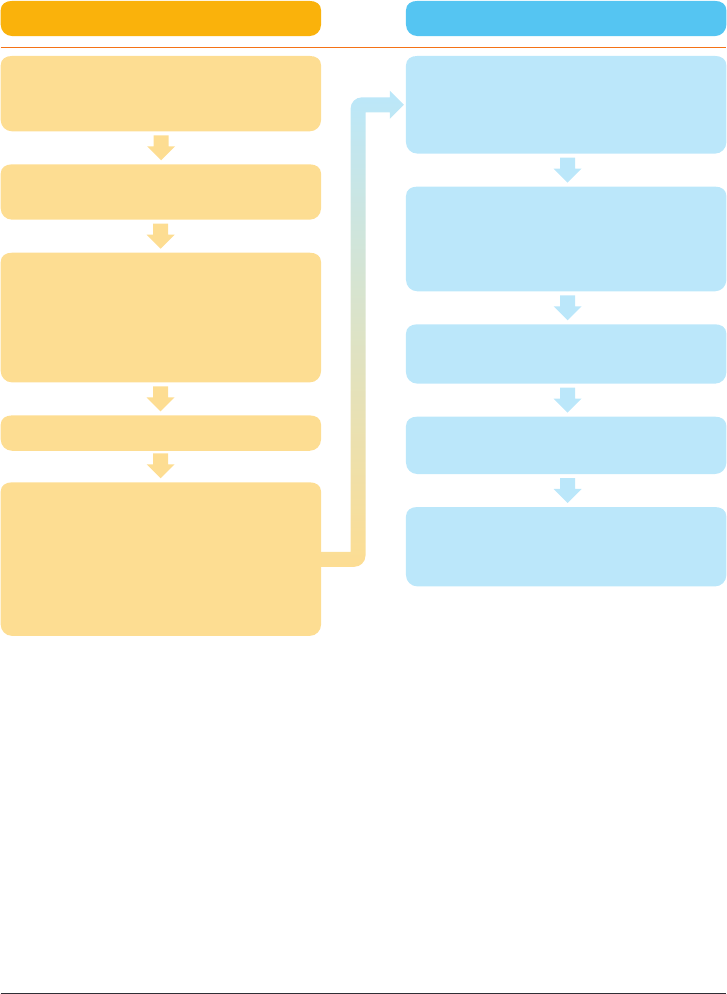
Elsevier4
ACCEPTANCE PUBLICATION
Indicate your intention to publish
gold open access in the Rights and
Access form.
Article is published open access
online with your selected user license.
Sign a publishing agreement which
will determine copyright.
Choose a user license.
Indicate if you are funded or not.
If you are funded by an organization
we have an agreement with, we will
give you further information about
how to comply with your funder’s policy.
Pay an open access fee. This is covered
by either:
• You – oen reimbursed.
• Your institution or funding body.
• Or a society or organization when
publishing in a subsidized journal.
If your funding body has an agreement
with Elsevier, they will be credited on our
platforms for funding the open access
publication of your article.
During typesetting and formatting
Crossmark is added to ensure
all versions link to the nal
published article.
The article is permanently preserved and
accessible via Elsevier’s platforms.
Open access articles can be immediately
posted to an institutional or subject
repository.
PRACTICAL STEPS TO PUBLISHING GOLD OPEN ACCESS WITH ELSEVIER
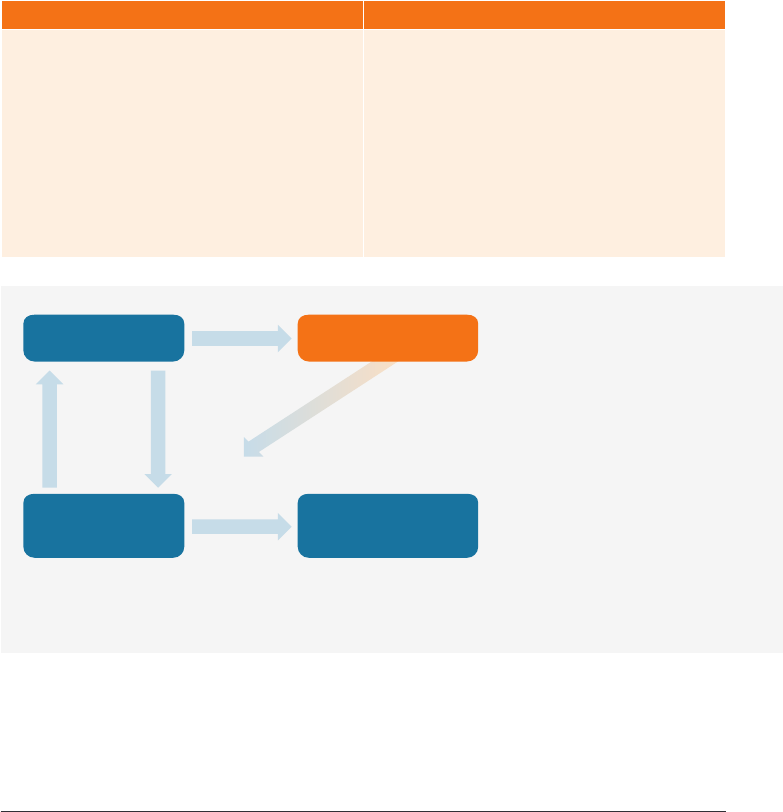
Your Guide To Publishing Open Access 5
AUTHOR
Retains copyright
PUBLISHER
Grants publishing
rights
USER LICENSE
READER/USER
Granted rights to
reuse the article
Publishes article
under the user
license
What is the license process?
Step 1: Authors sign a publishing
agreement where they will retain
copyright but grant publishing
rights to the publisher.
Step 2: Readers can use and
share the article as dened by
the user license.
Step 3: The author grants the
publisher the right to publish
the article under the applicable
license.
Step 4: The publisher makes the
article available online with the
author’s user license.
Understanding the legal ne print
For gold open access publishing you need two types of licenses:
1. COPYRIGHT
Publishers need certain permissions in order to publish and share your research. These
permissions are dened by what is known as a journal publishing agreement or license.
Elsevier uses an exclusive license agreement for gold open access articles, which means:
YOU KEEP : ELSEVIER IS GRANTED:
• The copyright of your article
• Patent trademark and other intellectual
property rights in your article.
• The right to request others to provide you
with an appropriate credit for your article
when it is referred to, or appears in
another work.
• The right to use your own article in the
same way as readers dened by your
selection of user license (see page 6).
• An exclusive right to publish your article.
• The right to share your article in all formats
so your research is widely distributed aer
publication, using the latest technology.
• The right to publish your article with your
selected user license on our online platforms.
• The right to enforce your user license, on
your behalf, against third parties in the
case of plagiarism, ethical disputes and
fraudulent use.
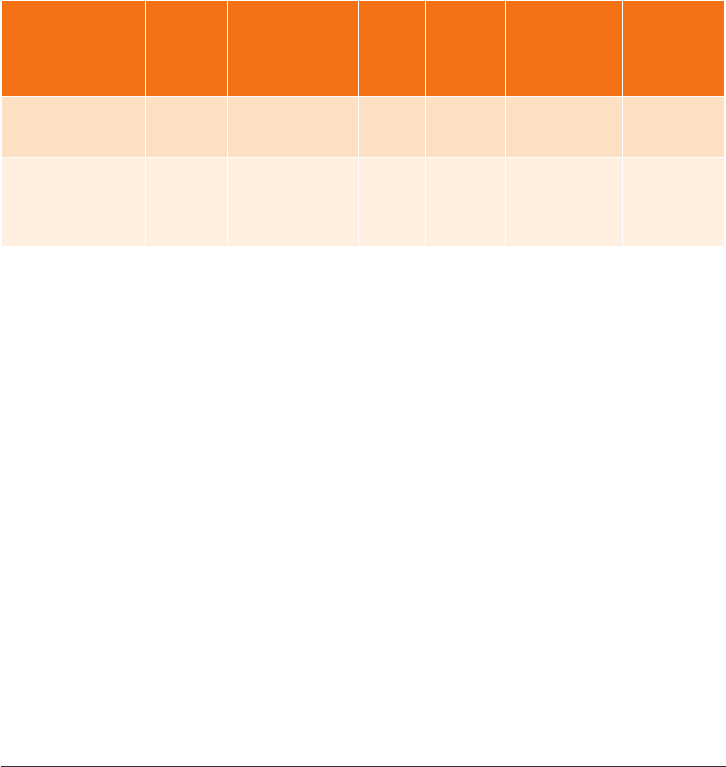
Elsevier6
User License Read,
print,
download
Redistribute
or republish
the nal article
(e.g. display in a
repository)
Text &
data
mine
Translate
the
article
Reuse portions
or extracts
from the article
in other works
‘Sell ‘ or
re-use for
“commercial
purposes”
Commercial
license:
CC-BY 4.0
3 3 3 3 3 3
Non- commercial
license:
CC-BY-NC-ND 4.0
3
3 3
3 3 7
*for private
use only
and not for
distribution
2. USER LICENSE
The user license of an article determines how readers can share and use your article without the
need to request permission. Before publishing open access, we recommend you to:
• Understand what each user license permits and the rights it grants to readers to use your article.
• Check if your funding body or institution requires the use of a specic license in their policy.
• Read your journal’s Guide for Authors to ensure they oer the license you want to use.
• Visit the Creativecommons.org site to read what to consider before selecting a user license. It is
important to note that your license selection is non-revocable.
At Elsevier we give you a choice of user licenses so you can select the license which suits your type
of research. Below is a quick reference guide what each license permits readers to do:

Your Guide To Publishing Open Access 7
Publishing green open access
with Elsevier
WHAT IS GREEN OPEN ACCESS?
Green open access is the process of sharing a version of your subscription article online so that the
public can read your research. This is oen accomplished by linking to your article or by sharing the
full-text which is sometimes known as manuscript posting or self-archiving. Linking can be done
immediately to the nal version of your article, but sharing the full-text of your article requires a bit
more time and eort as you need to be mindful of when, where, and how this is done.
You are able to link or share full-text, but there are some advantages to linking to your articles:
• Maximize Research Impact – citation metrics and altmetrics are used to assess the impact of
research, so it is essential that these are aggregated and shared. This is easier when you link to
the full text rather than have multiple versions across dierent platforms.
• Best Available Version – It is also important that you share the best available version, so readers
can trust they are reading the most up to date, correct and citable version of your work. When
linking, this is oen done dynamically by publishers sharing their holdings information with
both repositories and search engines, so readers will automatically get the best available version.
• Article in Context – Another benet of linking is that readers can benet from nding other
relevant articles, saving them important time in discovering research. This can occur in the
context of a repository, where they can see other research from your institution or from the
publishing platform.
• More Ecient – Linking is also easier for authors as there is no additional step to deposit the
full text version. You can continue to promote your research through our share link service. Aer
publication you’ll receive a customized url which provides 50 days free access to your article, so
you can promote it on all relevant platforms.
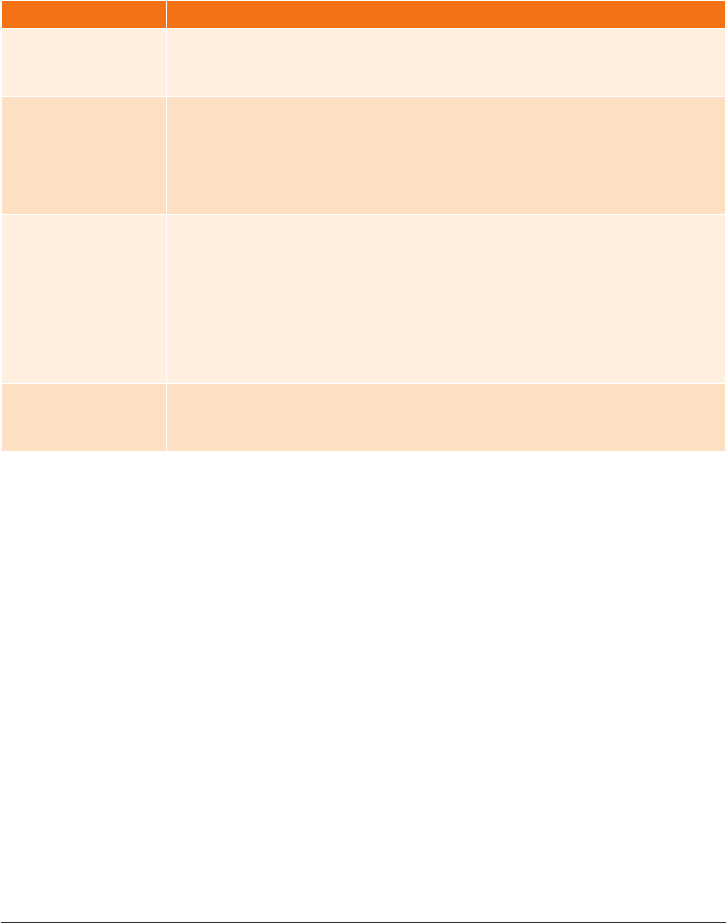
Elsevier8
Elsevier Article Sharing Policy
You can share your research at each stage of the research process:
Share
Presubmission Preprints
1
can be shared anywhere at any time.
PLEASE NOTE: Cell Press, The Lancet, and some society-owned titles have dierent
preprint policies. Information on these is available on the journal homepage.
Aer acceptance Accepted manuscripts
2
can be shared:
• Privately with students or colleagues for their personal use.
• Privately on institutional repositories.
• On personal websites or blogs.
• To refresh preprints on arXiv and RePEc.
• Privately on commercial partner sites.
Aer publication Gold open access articles can be shared:
• Anytime, anywhere on non-commercial platforms.
• Via commercial platforms if the author has chosen a CC-BY license,
or the platform has an agreement with us.
Subscription articles can be shared:
• As a link anywhere at any time.
• Privately with students or colleagues for their personal use.
• Privately on commercial partner sites.
Aer embargo Author manuscripts can be shared:
• Publicly on non-commercial platforms.
• Publicly on commercial partner sites.
³
¹ Preprint is your initial write up of your results and analysis that has not yet have been peer reviewed or submitted to a journal.
2 Accepted manuscript is a version of your manuscript which typically includes any changes you have incorporated through the
process of submission, peer review and in your communications with the editor.
3 For an overview of how and where you can share your article, please see elsevier.com/sharing-articles
In all cases:
• Preprints and accepted manuscripts shouldn’t be added to or enhanced in any way
to appear more like, or to substitute for, the nal published journal article.
• All posted articles should link to the nal version via the Digital Object Identifyer (DOI).
• Posted accepted manuscripts need to have a CC-BY-NC-ND user license.
For more information, please see our open access policy at elsevier.com/openaccess.
Should you have any questions, please contact our permissions helpdesk:
permissionshelpdesk@elsevier.com or (+1) 800-523-4069 x 3808.
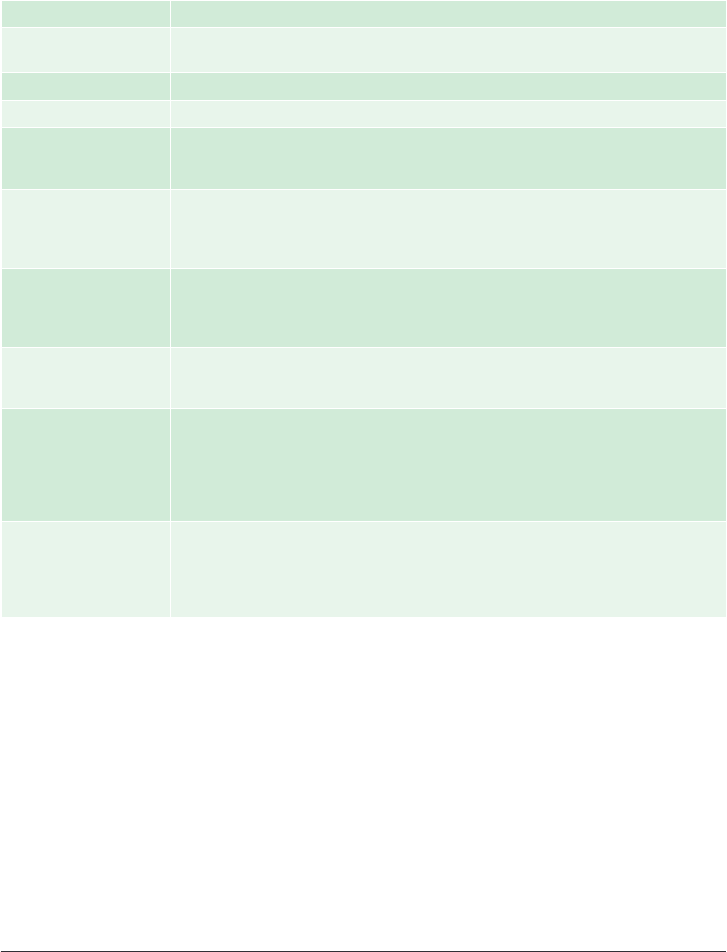
Your Guide To Publishing Open Access 9
¹ Please note that Cell Press, The Lancet, and some society-owned titles have dierent preprint policies. Information on these is available
on the journal homepage.
² For the journal specic embargo period see the journal homepage.
3 Published journal article: Aer peer review, the journal will nalize your article which includes copy editing, formatting and adding
branding. This is the version which is published online and nal version of record for your article.
⁴ For more information about share links see elsevier.com/author-share-link
At a conference You can always present your research in forms such as a presentation, or poster.
For classroom
teaching purposes
You can use your article for your own classroom teaching and internal training
at your institution (including use in course packs and courseware).
For grant applications You can include your article for grant funding purposes.
With my colleagues You can easily share your article with your colleagues through email.
On a preprint server You can always post your preprint on a preprint server
¹
. Additionally, for
ArXiv and RePEC you can also immediately update this version with your
accepted manuscript.
On my personal blog
or website
We recommend that you list all your publications and link back to the nal
version on ScienceDirect to make it easier for you to be cited. In addition to
this you can also post your preprint or accepted manuscript and any gold
open access articles on your non-commercial personal website or blog.
On my institutional
repository
You can post your accepted manuscript immediately to an institutional
repository and make this publicly available aer an embargo period
²
has
expired. Remember that for gold open access articles, you can post your
published journal article
³
and immediately make it publicly available.
On a subject repository
(or other non-
commercial repository)
You can always post your preprint version and you can also post your
accepted manuscript aer the embargo period
²
has expired. Remember for gold
open access articles, you can post the published journal article
³
immediately.
On Scholarly
Collaboration
Network (SCN),
such as Mendeley,
ResearchGate,
Academia.edu
You can share your preprint or a link to your article on commercial sites.
Additional sharing options may be available, see www.elsevier.com/sharingpolicy
Social Media, such as
Facebook, LinkedIn,
Twitter
Elsevier will send you a ‘share link’
4
: a personal, customized short link that you
will receive aer nal publication of your article. It provides 50 days free access
to your newly-published article on ScienceDirect to anyone clicking on the link.
We encourage you to share this link on social media. Aer 50 days the share
link will still work but automatically revert to a link to your full text article.
I want to share my article
© August 2015 by Elsevier. All rights reserved. Policies may change. For the latest policies see http://www.elsevier.com/sharingpolicy
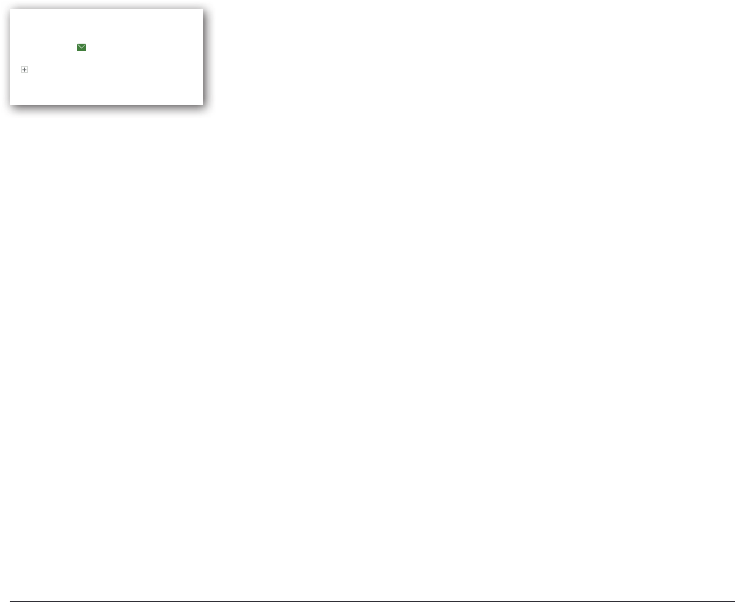
Elsevier10
Preparing your article for sharing
User licenses
When sharing your article publicly through green open access it is important to ensure that
you continue to receive credit for your work and to also provide guidance as to how others can
reuse your work. This is done by attaching a user license. Elsevier requires authors posting their
preprint or accepted manuscript to attach a noncommercial Creative Commons user license
(CC-BY-NC-ND). We are taking steps to automatically provide this on your accepted manuscript
in the future.
How to attach a CC-BY-NC-ND license: On your preprint or accepted manuscript add the
following to the title page, copyright information page, or header /footer:
Example: © 2015. This manuscript version is made available under the CC-BY-NC-ND 4.0 license
http://creativecommons.org/licenses/by-nc-nd/4.0/
You can also include the license badges available from the Creative Commons website to provide
visual recognition. If you are hosting your manuscript as a webpage you will also nd the correct
HTML code to add to your page from www.creativecommons.org
Linking to the nal version of record
It is also important to make sure that readers and users can nd
and cite your nal version of your article from ScienceDirect. The
way to do this is to include the Digital Object Identier (DOI) link
in your posted article.
A DOI is a standardized method for identifying an electronic object and you can easily nd your
DOI under the title of your article. To convert a DOI to a Web address, add the following URL to the
DOI: http://dx.doi.org/ followed by your DOI number. We recommend you include this information
to your title page or header/footer.
Finding your accepted author manuscript
In order to share your full-text article for green open access, you will need to retain the preprint
and accepted manuscript version of your article. Aer acceptance, we understand that this may
not be possible in all cases and have a simple way for you to retrieve your accepted manuscript
from our submission system.
*
1. Log into Elsevier Editorial system (EES) and on your overview page you will see under
the “completed” section, click on the link to “submission with a decision”
2. This will bring your to an overview of all your submissions and you can simply click
on the relevant article title
3. A pop up box will appear where you can download a PDF version of the accepted manuscript.
*
This option is available in most of our journals which use the Elsevier submission system, however there are
cases where journals choose opt not to use the system and in these cases you should use your own version.
doi:10.1016/j.jalgebra.2014.11.015
Robert May
Show more
Cell algebras

Your Guide To Publishing Open Access 11
Impact of open access policies
WHY IS IT IMPORTANT?
If your funding body or institution has a policy on public access to research, you will
need to be both aware of and then comply with the policy. In some cases it may aect how
your research is evaluated or your ability to attract research funding in the future.
IMPACT ON PUBLISHING
Selecting an appropriate journal
If you wish to comply with open access policies, you will need to understand what options are
available in your chosen journal. We recommend you to:
• Read the journal Guide for Authors and look for both gold and green options.
• Look for funding body or institutional agreements with your publisher of choice,
which will make compliance easier.
• Look on your institution’s intranet for open access information and links.
Paying for gold open access
Your funding body or institution may have made funds available to cover associated gold open
access fees. These can be either reimbursed to you directly from the funder or from a central
fund held by the institution or paid directly to the publisher under a funding body or prepaid
agreement. In other cases, your funding body may require researchers to use their grant funds
to cover the open access fee. Elsevier has established a number of funding body and institutional
agreements designed to make publishing gold open access easy for researchers. Please see:
www.elsevier.com/fundingbodies
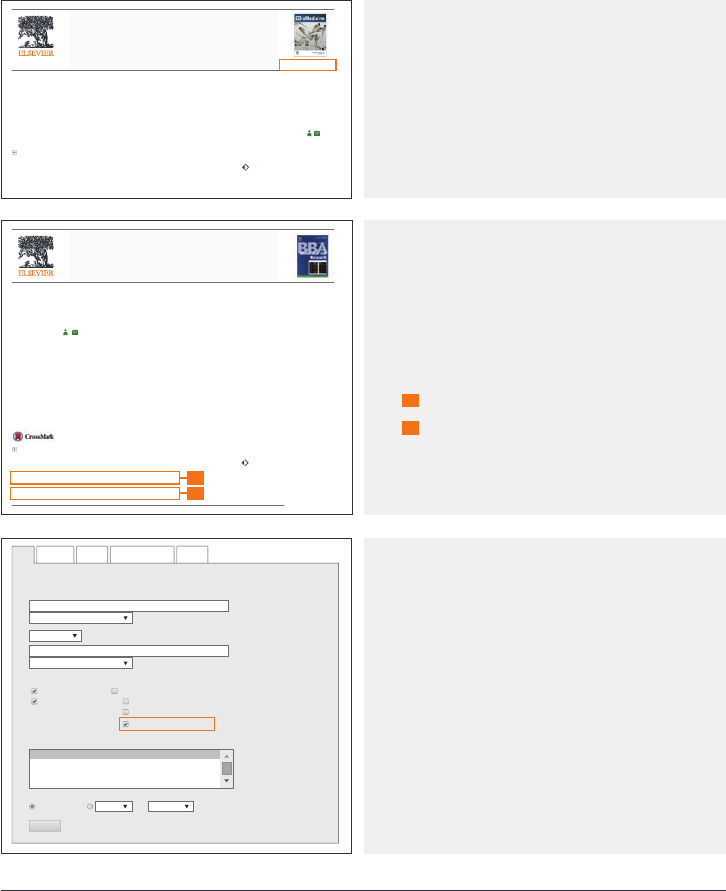
Elsevier12
How will your open access article appear?
Aer publishing your article gold open access, it is important to understand how it will be seen
and found on ScienceDirect.
EBioMedicine
Human Kidney Disease-causing INF2 Mutations Perturb
Rho/Dia Signaling in the Glomerulus
Protein kinase inhibitor SU6668 attenuates positive regulation
of Gli proteins in cancer and multipotent progentitor cells
Volume 1, Issues 2–3, December 2014, Pages 107–116
Original Article
a
Protobios LLC, Mäealuse 4, Tallinn 12618, Estonia
b
Department of Gene Technology, Tallinn University of Technology, Akadeemia tee 15, Tallinn 12618, Estonia
c
Institute of Technology, University of Tartu, Nooruse 1, 50411 Tartu, Estonia
d
Cellin Technologies LLC, Mäealuse 4, Tallinn 12618, Estonia
Show more
doi:10.1016/j.ebiom.2014.11.009
Alia Piirsoo
a,d, ,
, Lagle Kasak
a,b
, Mari-Liis Kauts
a
, Mart Loog
c
, Kairit Tints
d
, Piia Uusen
d
,
Toomas Neuman
a
, Marko Piirsoo
b
Get rights and content
Open Access
Open Access
Under a Creative Commons license
Received 11 September 2013, Revised 18 December 2013, Accepted 2 January 2014,
Available online 10 January 2014
Open Access funded by Wellcome Trust
All Journals
in
All Fields
Search for
Books Reference Works Images Advanced search | Expert search
Search tips
?
Under a Creative Commons license
Show less
doi:10.1018/j.bbamer.2014.01.003
Get rights and content
Biochimica et Biophysica Acta (BBA) –
Molecular Cell Research
Volume 1843, Issue 4, April 2014, Pages 703–714
Hua Sun
a,b,c
, Khaldoun I. Al-Romaih
a,b
, Calum A. MacRae
b,c,d
, Martin R. Pollak
a,b,d, ,
in
to:All Years
Agricultural and Biological Sciences
Hold down the Ctrl key
(or Apple Key)
to select multiple entries.
Arts and Humanities
Biochemistry, Genetics and Molecular Biology
All Fields
Refine your search
Journals
AND
2005 Present
All
My Favourites
Subscribed publications
Open Access articles
Books
Search
- All Sciences -
1. Open Access label
Your article will appear online with a
label ‘open access’. Your research will
also be labelled in keyword search results
as open access.
EBioMedicine
EBioMedicine: Bridging Two Cultures to Improve Health
Protein kinase inhibitor SU6668 attenuates positive regulation
of Gli proteins in cancer and multipotent progentitor cells
Volume 1, Issue 1, November 2014, Pages 1
Editorial
a
Protobios LLC, Mäealuse 4, Tallinn 12618, Estonia
b
Department of Gene Technology, Tallinn University of Technology, Akadeemia tee 15, Tallinn 12618, Estonia
c
Institute of Technology, University of Tartu, Nooruse 1, 50411 Tartu, Estonia
d
Cellin Technologies LLC, Mäealuse 4, Tallinn 12618, Estonia
Show more
doi:10.1018/j.ebiom.2014.10.007
Alia Piirsoo
a,d, ,
, Lagle Kasak
a,b
, Mari-Liis Kauts
a
, Mart Loog
c
, Kairit Tints
d
, Piia Uusen
d
,
Toomas Neuman
a
, Marko Piirsoo
b
Get rights and content
Open Access
Open Access
Under a Creative Commons license
West Africa is currently in the grip of the worst outbreak of Ebola virus in documented history,
eclipsing past outbreaks in terms of both the number of people infected and the number of
fatalities. In the 38 years since the discovery of the virus, we still do not have an effective
vaccine or antiviral treatment for this devastating pathogen, although at least three vaccines
Received 11 September 2013, Revised 18 December 2013, Accepted 2 January 2014,
Available online 10 January 2014
Open Access funded by Wellcome Trust
All Journals
in
All Fields
Search for
Books Reference Works Images Advanced search | Expert search
Search tips
?
Under a Creative Commons license
Show less
doi:10.1018/j.bbamer.2014.01.003
Get rights and content
Biochimica et Biophysica Acta (BBA) –
Molecular Cell Research
Volume 1843, Issue 4, April 2014, Pages 703–714
in
to:All Years
Agricultural and Biological Sciences
Hold down the Ctrl key
(or Apple Key)
to select multiple entries.
Arts and Humanities
Biochemistry, Genetics and Molecular Biology
All Fields
Refine your search
Journals
AND
2005 Present
All
My Favourites
Subscribed publications
Open Access articles
Books
Search
- All Sciences -
3. Finding your open access article
Your article will be found in exactly the
same way as a normal article. In addition
to this, readers who wish to lter their
selection on open access can do so with
the advance search functionality.
EBioMedicine
EBioMedicine: Bridging Two Cultures to Improve Health
Protein kinase inhibitor SU6668 attenuates positive regulation
of Gli proteins in cancer and multipotent progentitor cells
Volume 1, Issue 1, November 2014, Pages 1
Editorial
a
Protobios LLC, Mäealuse 4, Tallinn 12618, Estonia
b
Department of Gene Technology, Tallinn University of Technology, Akadeemia tee 15, Tallinn 12618, Estonia
c
Institute of Technology, University of Tartu, Nooruse 1, 50411 Tartu, Estonia
d
Cellin Technologies LLC, Mäealuse 4, Tallinn 12618, Estonia
Show more
doi:10.1018/j.ebiom.2014.10.007
Alia Piirsoo
a,d, ,
, Lagle Kasak
a,b
, Mari-Liis Kauts
a
, Mart Loog
c
, Kairit Tints
d
, Piia Uusen
d
,
Toomas Neuman
a
, Marko Piirsoo
b
Get rights and content
Open Access
Open Access
Under a Creative Commons license
West Africa is currently in the grip of the worst outbreak of Ebola virus in documented history,
eclipsing past outbreaks in terms of both the number of people infected and the number of
fatalities. In the 38 years since the discovery of the virus, we still do not have an effective
vaccine or antiviral treatment for this devastating pathogen, although at least three vaccines
Received 11 September 2013, Revised 18 December 2013, Accepted 2 January 2014,
Available online 10 January 2014
Open Access funded by Wellcome Trust
All Journals
in
All Fields
Search for
Books Reference Works Images Advanced search | Expert search
Search tips
?
Under a Creative Commons license
Show less
doi:10.1018/j.bbamer.2014.01.003
Get rights and content
Biochimica et Biophysica Acta (BBA) –
Molecular Cell Research
Volume 1843, Issue 4, April 2014, Pages 703–714
in
to:All Years
Agricultural and Biological Sciences
Hold down the Ctrl key
(or Apple Key)
to select multiple entries.
Arts and Humanities
Biochemistry, Genetics and Molecular Biology
All Fields
Refine your search
Journals
AND
2005 Present
All
My Favourites
Subscribed publications
Open Access articles
Books
Search
- All Sciences -
2. Publication information
Within your article, you will see an option
for readers to nd out more information
about your publication by clicking the
‘show more’ label. This section contains
details on:
a
Funding body information
b
User license information
a
b
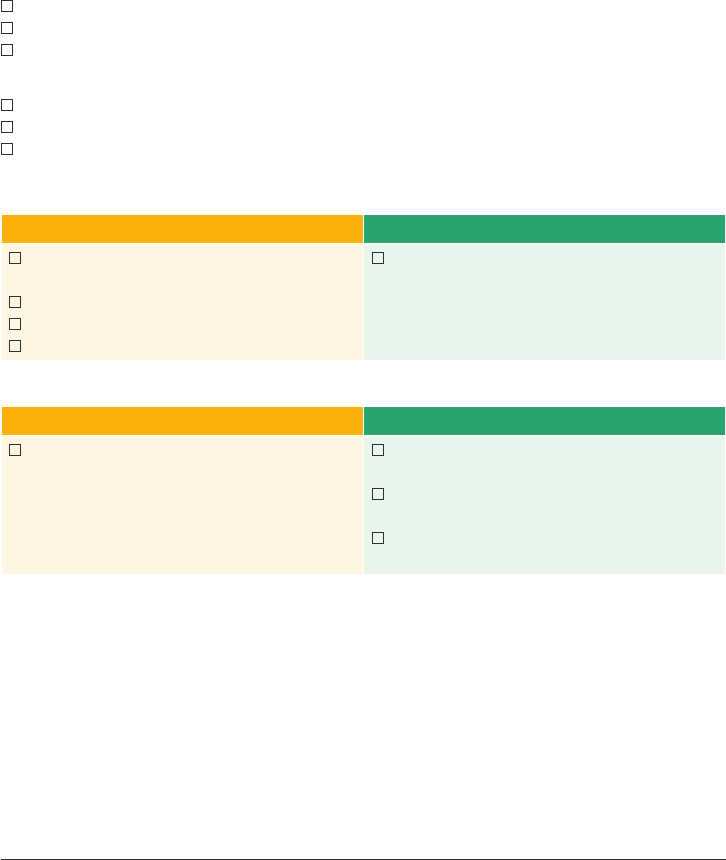
Your Guide To Publishing Open Access 13
Your check list for publishing
open access
1) SUBMISSION:
Check if your journal is reputable:
Look through the editorial board for established and known editors.
View recent publications in the journal.
Check for societies aliated with the journal.
Check your open access options:
Read your institution’s and/or funding body’s open access policy.
Discuss your publication options with your co-authors.
Read your journal’s open access options in the Guide for Authors.
2) ACCEPTANCE:
FOR GOLD OPEN ACCESS FOR GREEN OPEN ACCESS
Indicate your intention to publish
gold open access.
Decide on a user license.
Indicate your funding body information
*
Pay an open access fee if applicable.
Indicate your funding body information
1
which may enable your publisher to help
facilitate green open access options.
3) PUBLICATION:
FOR GOLD OPEN ACCESS FOR GREEN OPEN ACCESS
Share your nal published open
access article.
Share the share link to your article that
provides 50 days free access.
Check the embargo period for
your journal on the journal homepage.
Check your journal’s policy on
self-archiving.
2
1
For Funding Body Agreements see: www.elsevier.com/fundingbodies
2
For posting information see: www.elsevier.com/where-to-share

Elsevier14
Elsevier and open access
At Elsevier we recognize that access to quality research is vital to the scientic community and
beyond. Our role is to help you advance essential knowledge, save lives, and improve the way
we all live. We do this by providing tools and resources, greater author publishing choices and
supporting open access implementation across the industry.
Elsevier’s open access options:
• Open access journals: over 100 journals to choose from.
• Open access articles: over 1600 established journals support authors who want to publish
their article open access.
• Green open access: as an author you can share your research in a variety of ways with the
wider public.
Why publish open access with Elsevier?
• Quality, established and reputable journals indexed by Scopus and supporting industry
initiatives such as ORCID, Crossref and CHORUS to help maintain your publication record.
• Reaching key audiences with 10 million active users per month using our publishing
platform ScienceDirect.
• Tailored open access publication choices so authors can decide how best to publish open access.
© August 2015 by Elsevier. All rights reserved. Policies may change. For the latest policies see www.elsevier.com/openaccess
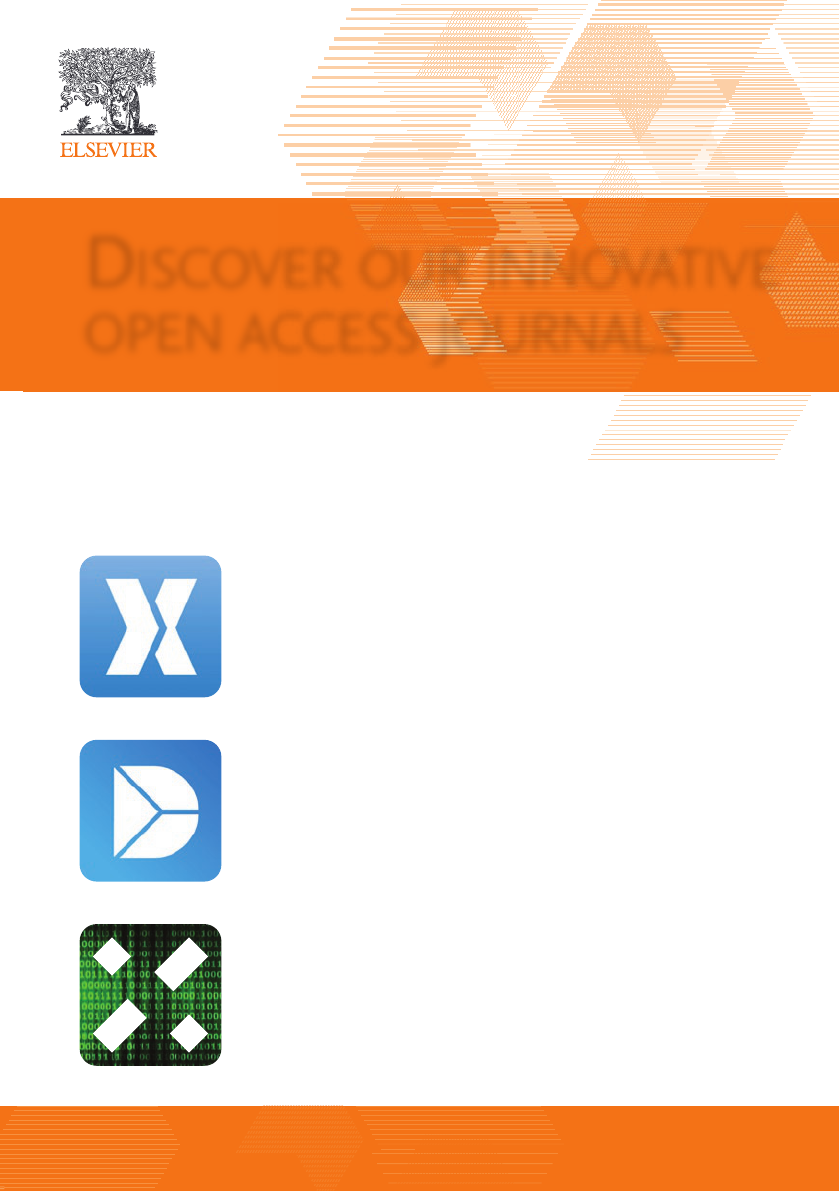
Elsevier helps you publish your entire research
process, from methods, to data, to software.
Explore our suite of new concept open access journals.
DISCOVER OUR INNOVATIVE
OPEN ACCESS JOURNALS
METHODSX
MethodsX publishes the small but important customizations you make to
methods every day. Get credit and exposure for the time, effort and money
you've put in to making methods work for you.
journals.elsevier.com/methodsx
DATA IN BRIEF
Data in Brief provides a way for researchers to share and reuse each other’s
datasets. Make your data count – publish your dataset description with
Data in Brief!
jour
nals.elsevier.com/data-in-brief
SOFTWAREX
SoftwareX is the open access home for your software. Publish your
software in SoftwareX and get your software indexed, discoverable,
accessible and citable.
journals.elsevier.com/softwarex
ES 2926 Microarticle Ad_Microarticle A5 Ad 29/01/2015 13:39 Page 1
journals.elsevier.com/methodsx
journals.elsevier.com/data-in-brief
journals.elsevier.com/sowarex
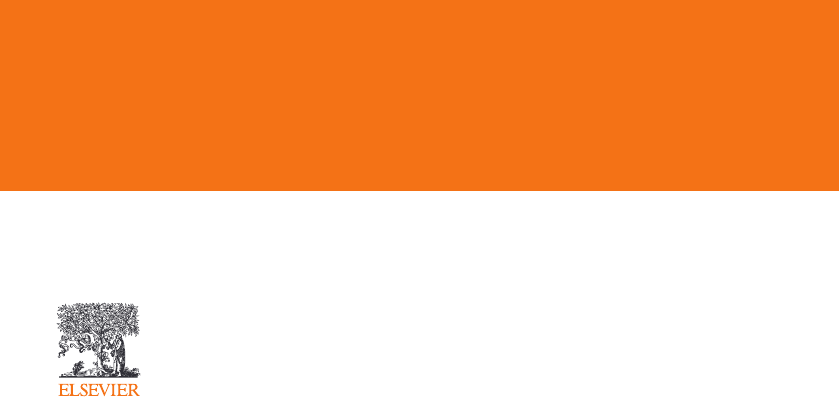
Useful Links
Open Access
elsevier.com/openaccess
Policies
elsevier.com/policies
Funding Bodies
elsevier.com/fundingbodies
User Licenses
elsevier.com/openaccesslicenses
Promote Your Work
elsevier.com/promote-your-work
Share Link
elsevier.com/author-share-link
Authors’ Update
elsevier.com/authors-update
Journal Finder
journalnder.elsevier.com
Publishing Campus Researcher Training
publishingcampus.elsevier.com
Ethics in Research & Publication
publishingcampus.com/ethics
Visit: www.elsevier.com/open-access-options
